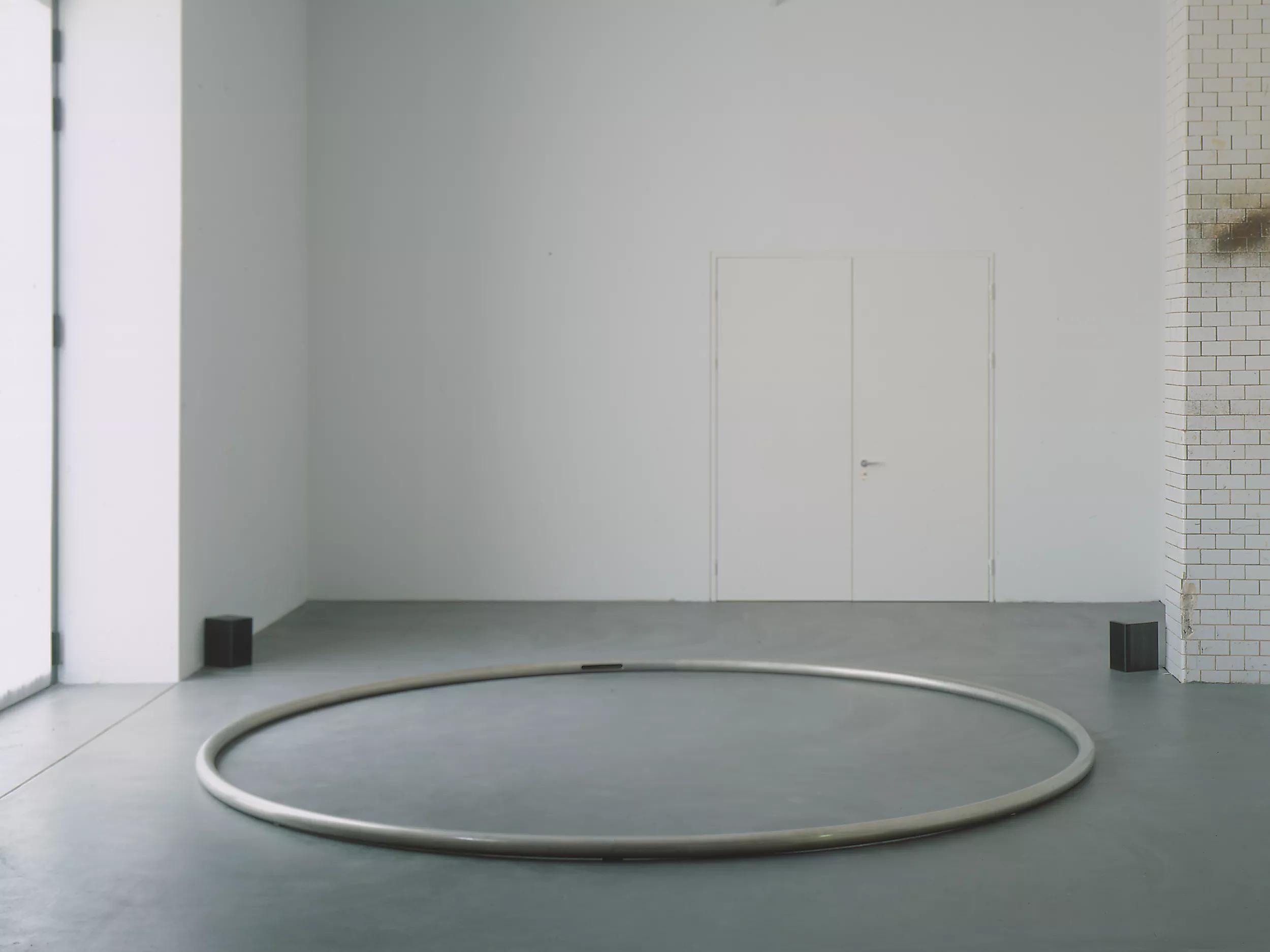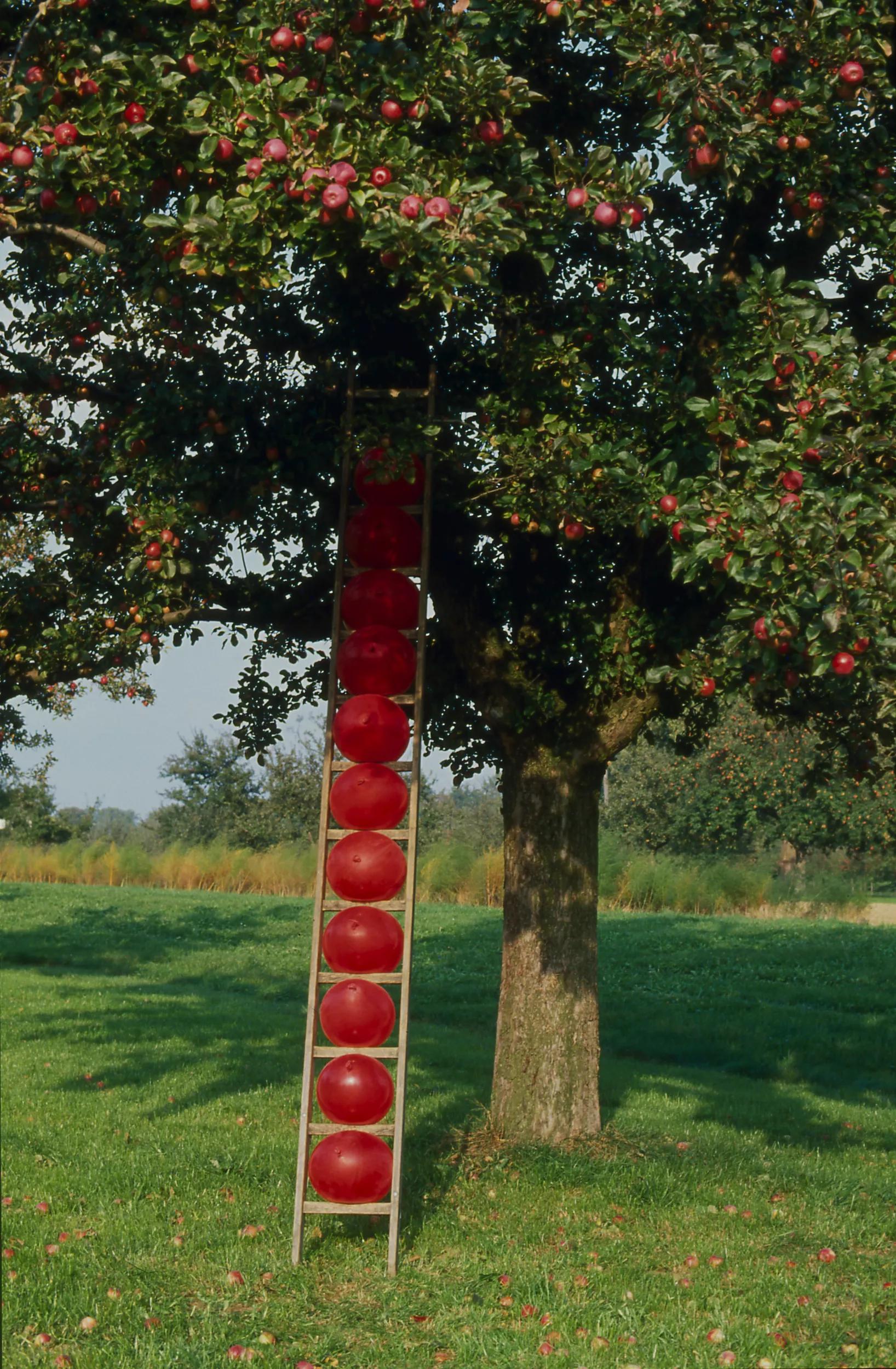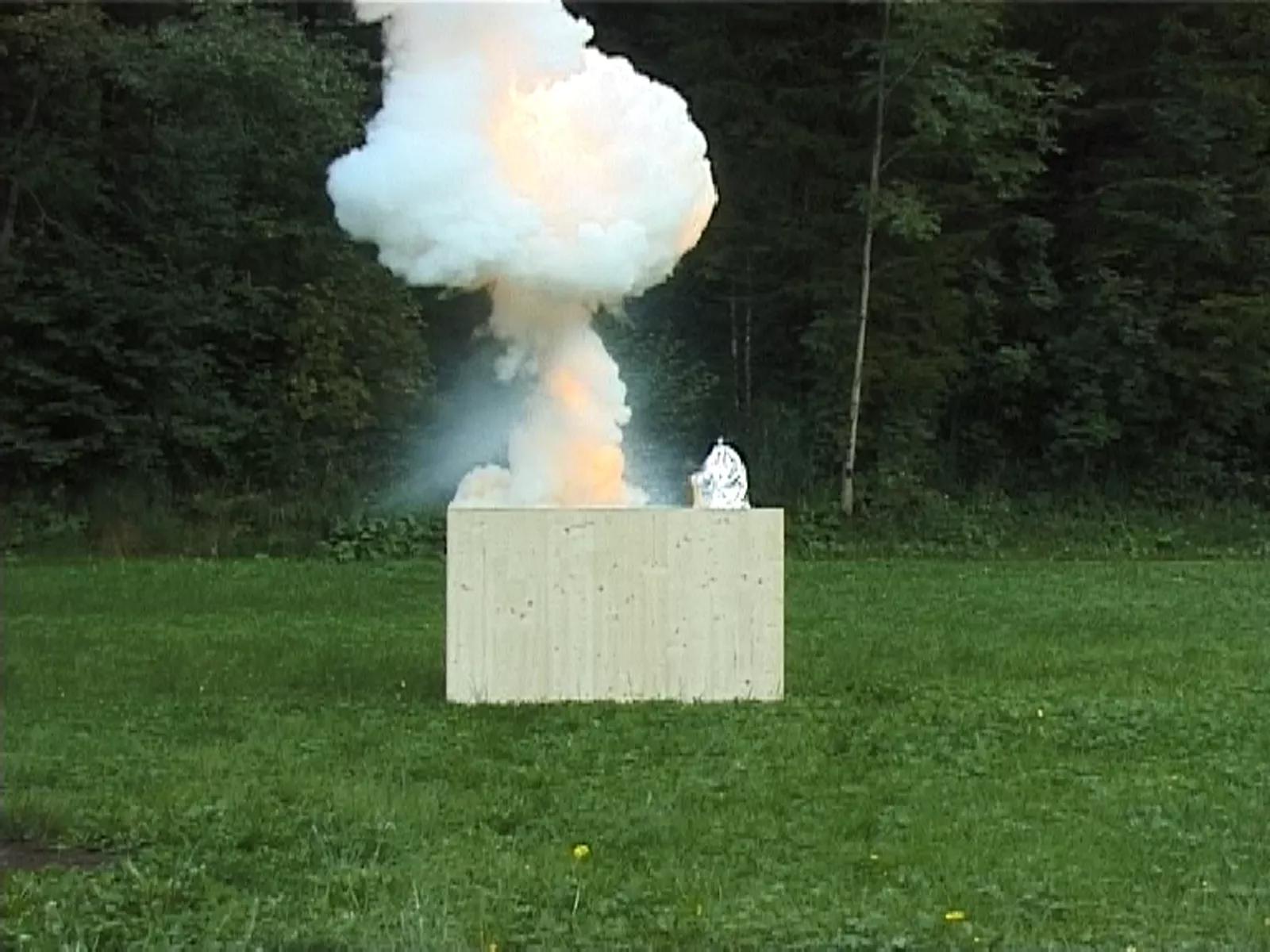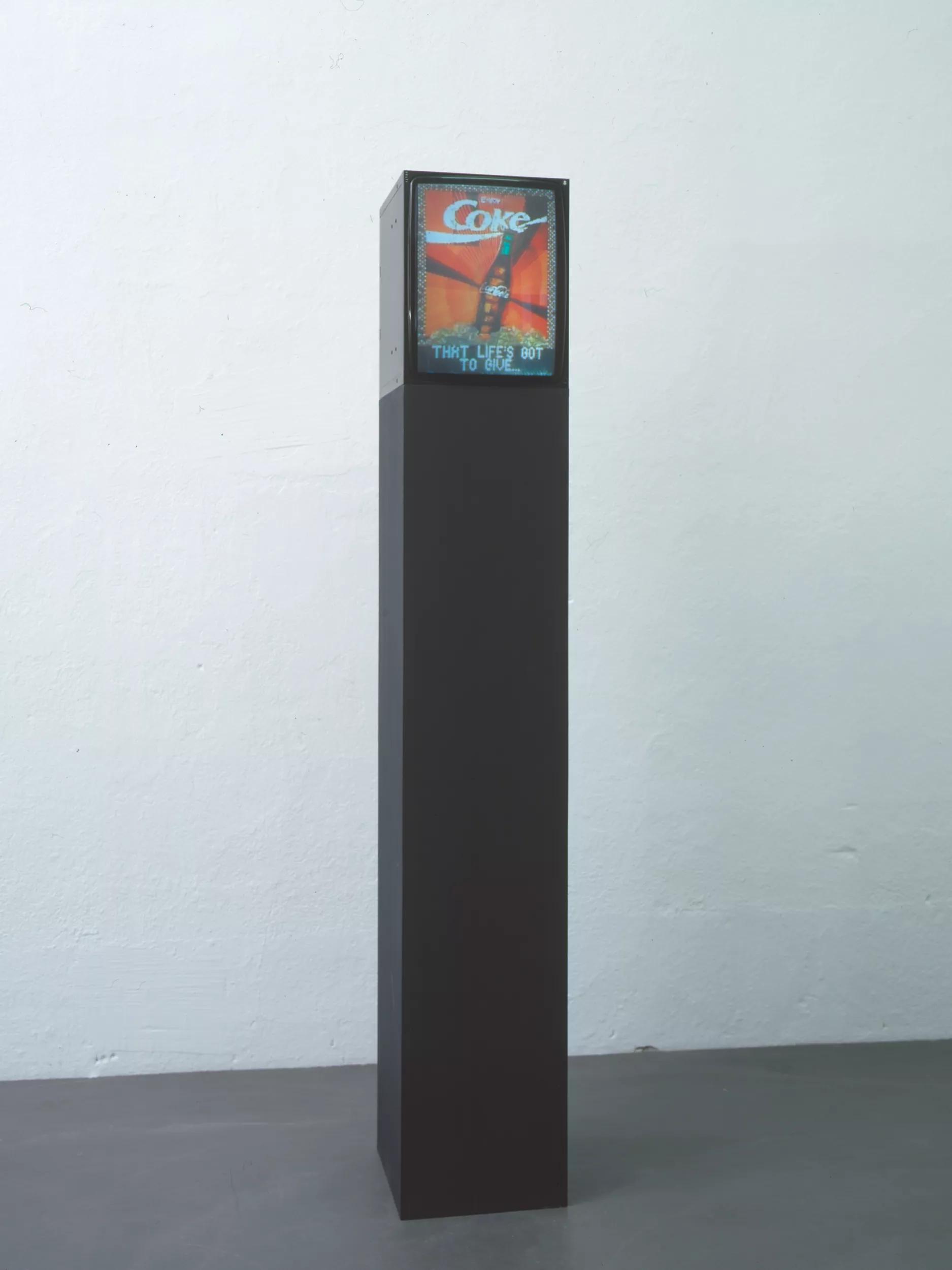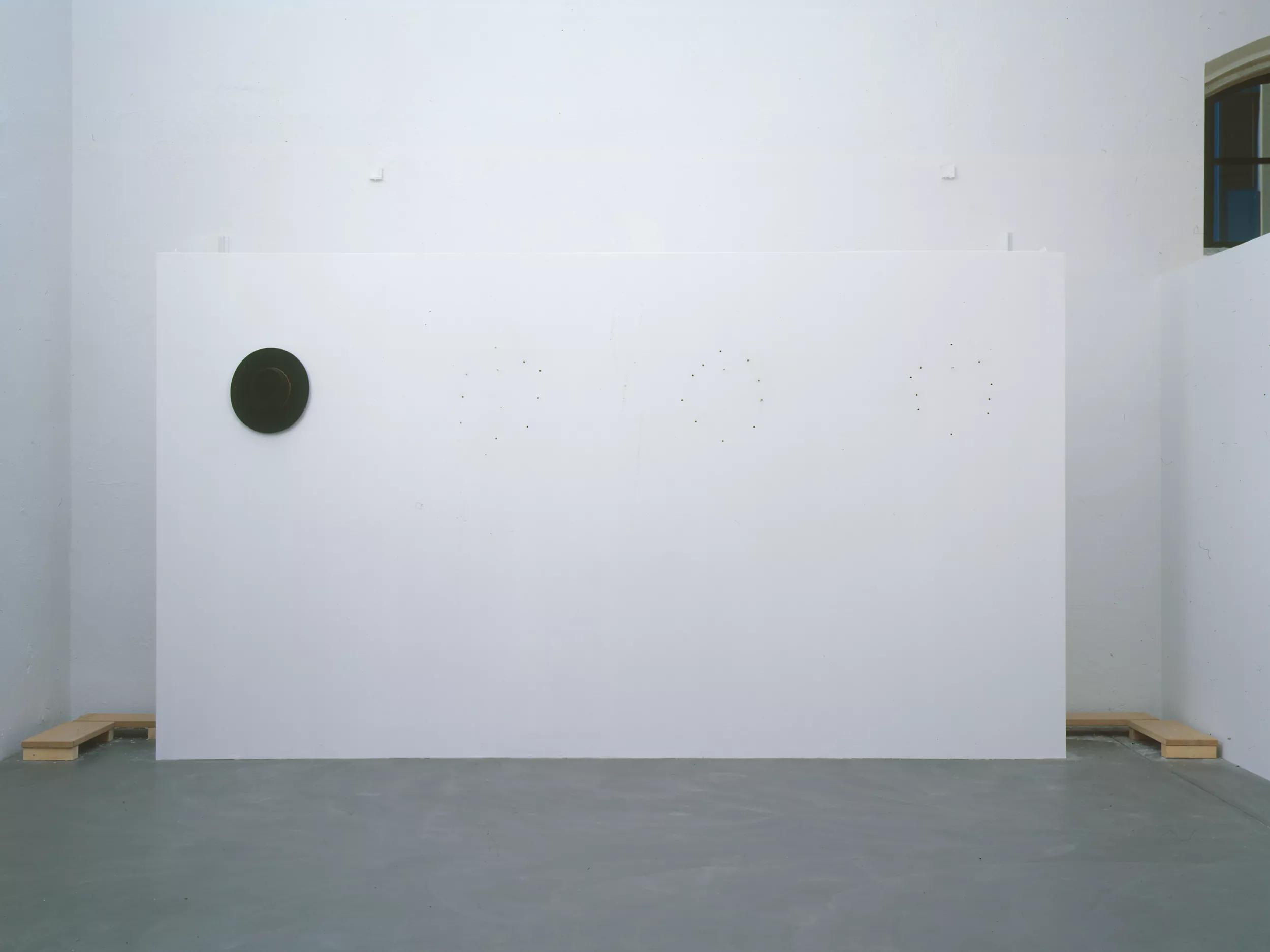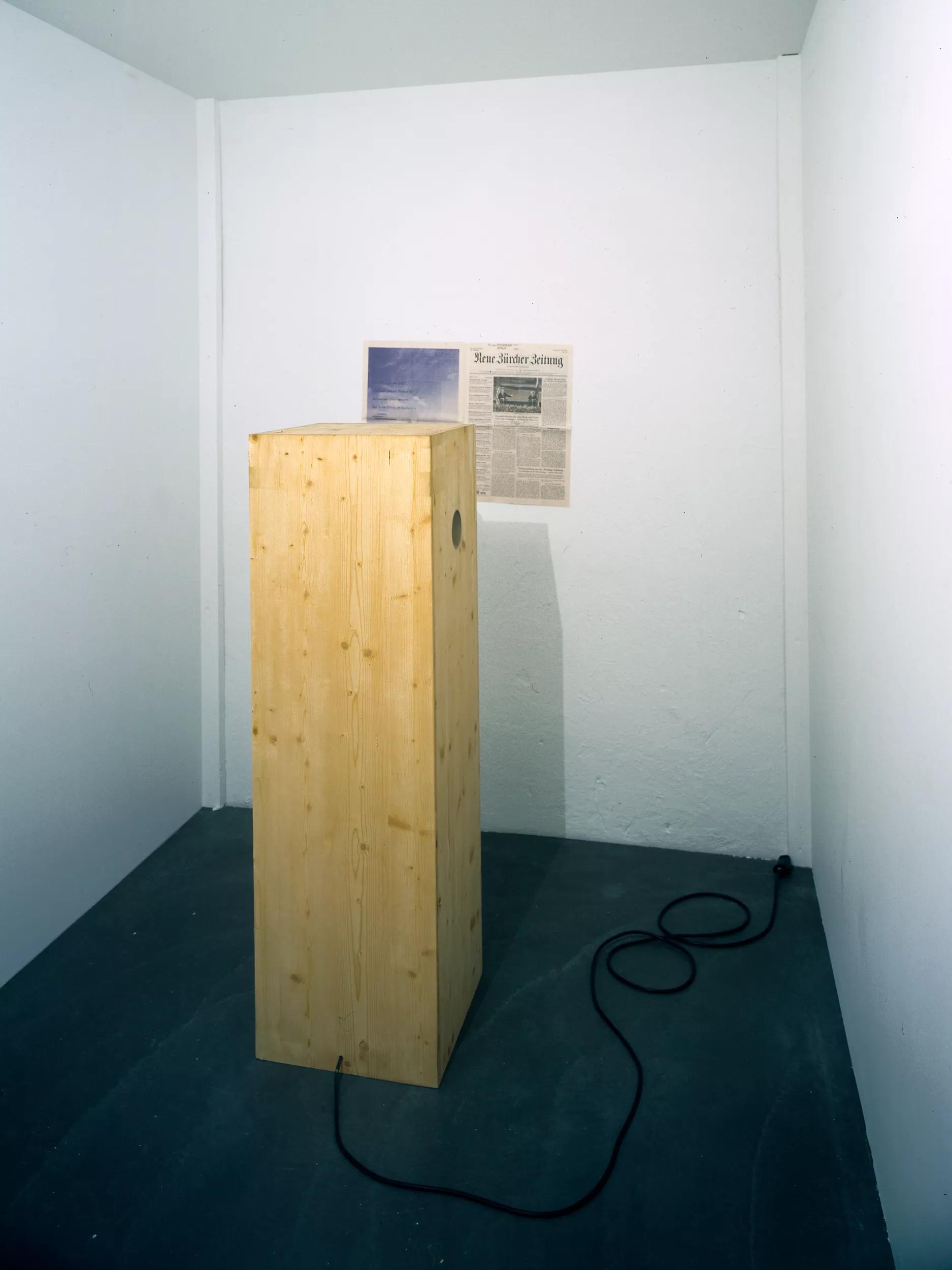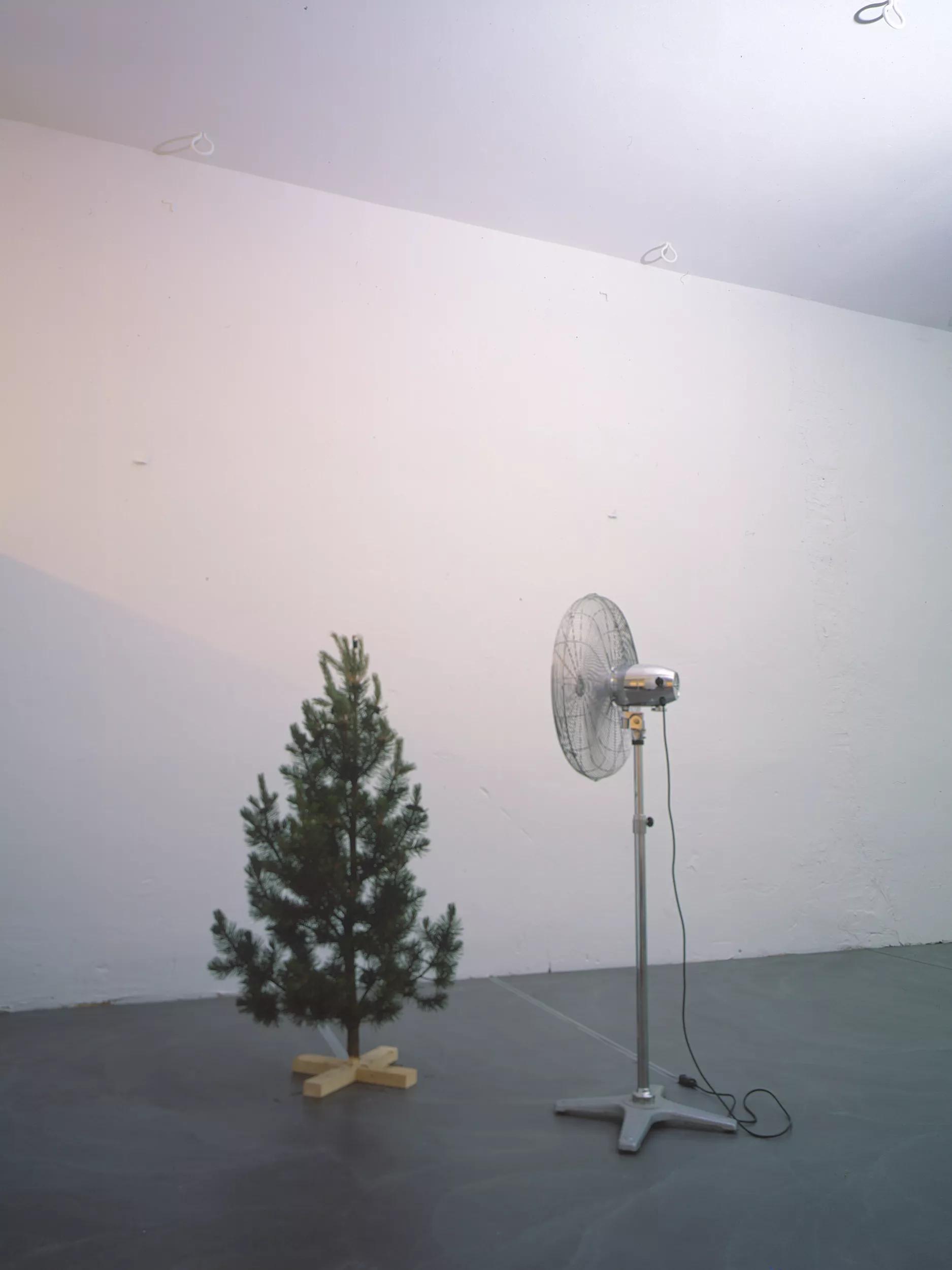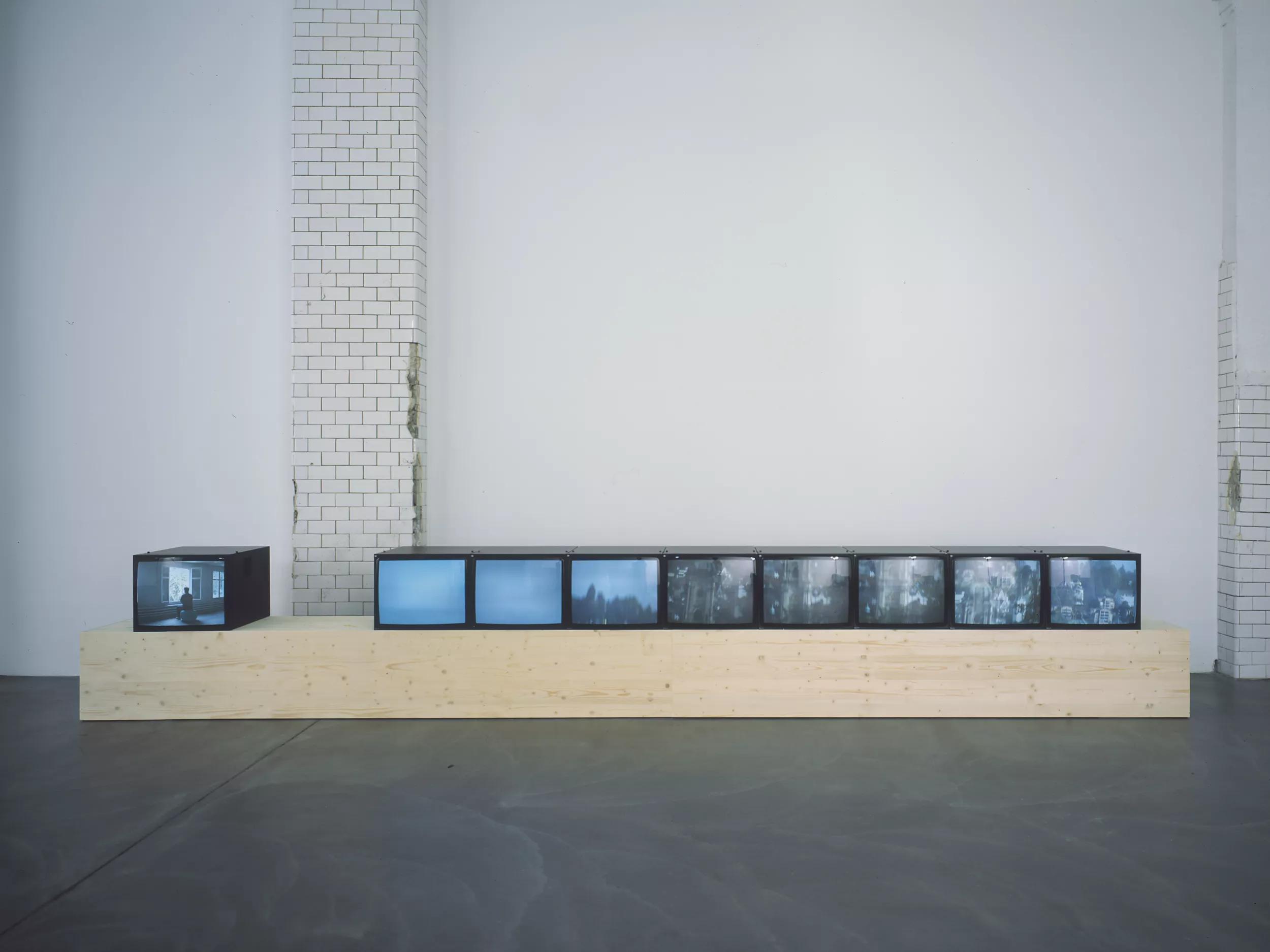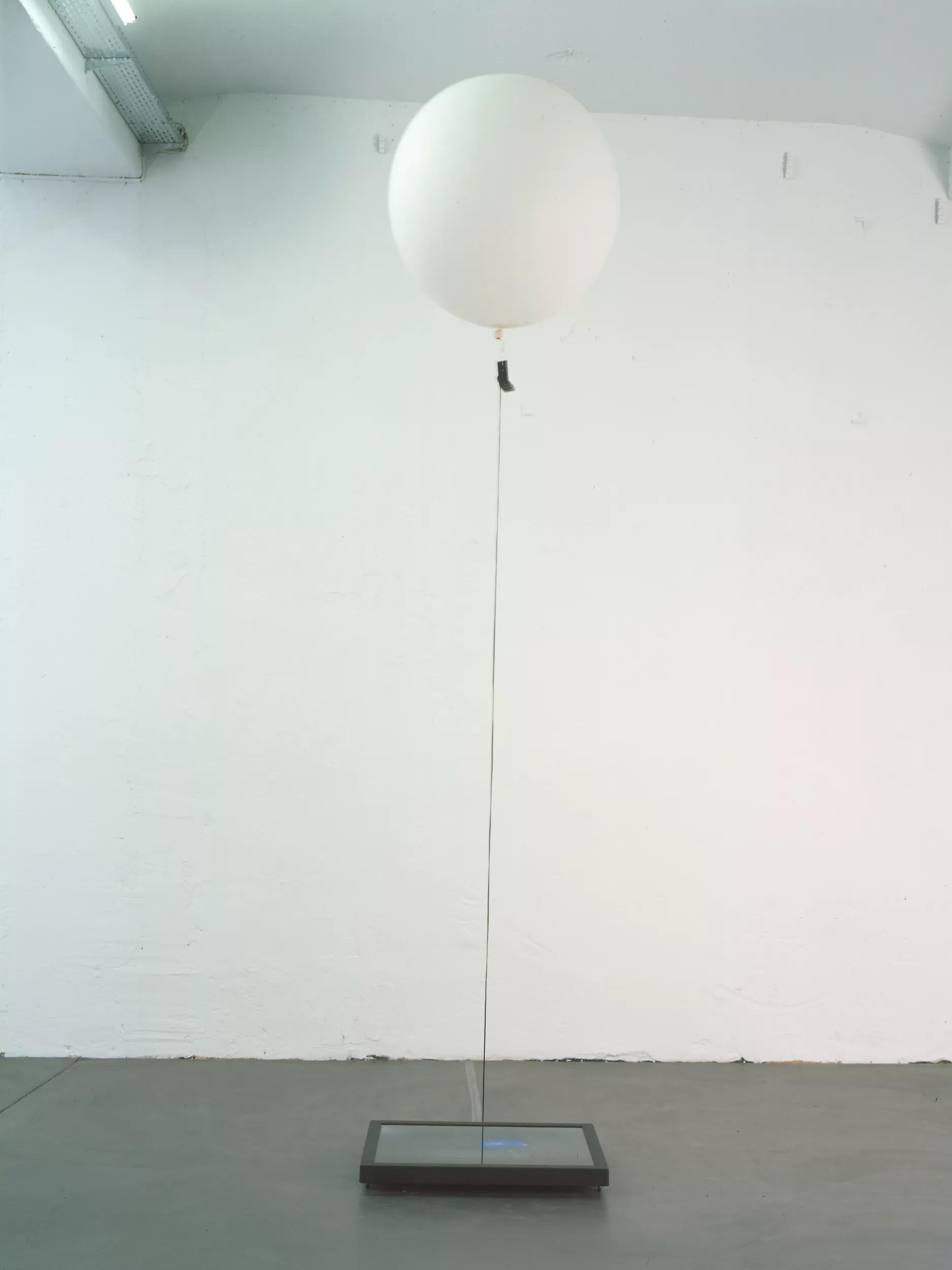
Roman Signer
Neue Arbeiten
11 June - 28 July 2001
Zürich
Swiss artist Roman Signer (born 1938) has been a key figure in the Swiss art world for the last thirty years, and is one of the most important contemporary artists on the international scene. Following his most recent exhibitions, including a broad retrospective at the Bonnefantenmuseum in Maastricht and an exhibition of drawings at the Kunstmuseum Solothurn, Galerie Hauser & Wirth will be focusing on new installations and sculptures.
Roman Signer is famous for making day-to-day objects do unusual things. In Dokumenta 8 (1987), for example, he catapulted thousands of sheets of paper into the air to create an ephemeral wall in the room for a brief, but all the more intense moment. For Skulptur. Projekte in Münster in 1997, he built a pipe into a walking stick and made it dance over a pond, drawing fleeting signatures on the mirror surface with a fine jet of water. As the Swiss representative at the Venice Biennale in 1999, he made 117 steel balls fall from the ceiling on to lumps of clay lying on the ground.
Day-to-day objects such as umbrellas, tables, boots, containers, hats and bicycles are part of Signer’s working vocabulary. The artist also uses explosives to bring about rapid changes and transformations, and explores the natural elements water, air, fire and earth from an artistic point of view, using their innate power to mould and shape his works in plastic and visual form. By decontextualizing familiar objects and combining them in new and totally unexpected ways, he reveals in a humorous, subversive and poetic way how limited our usual view of worldly objects is. His stage-managed events, sculptures and space-related installations, drawings and videos, films and photos, which often freeze fleeting time-sculptures into a permanent form with an aesthetic quality of its own, always prompt a rethink of patterns of perception we otherwise take for granted.
Roman Signer has always described himself as a sculptor. Moving from the process-oriented concept of sculpture of the 1960s and 1970s, the artist sees the events he stages as plastic formations in space and time. Signer has translated the static and objectified nature of traditional sculpture into temporal structures, extending the concept of sculpture by defining the moment itself as a plastic process. In his work action and sculpture, dynamic and static moments are not mutually exclusive, but are part of the same structure. Each work could be divided into a before, an occurring event, and an after. His objects and installations contain traces pointing to prior processes of creation, which observers are forced to mentally reconstruct – or to anticipate possible changes which could arise from the power inscribed in the work. In this sense, Signer’s works operate on the boundary of the concrete and the imaginary.
By using a working vocabulary charged with memories and experiences, and involving himself directly in the often-dangerous processes and powers unleashed by his work, Roman Signer combines plastic thinking with subjectively consummated life in his work. His installations and events become explorations of life’s motor and gravitational forces, and consolidate – despite, or even because of, their apparent absurdity – into impressive symbols of fundamental human experiences.
Installation views
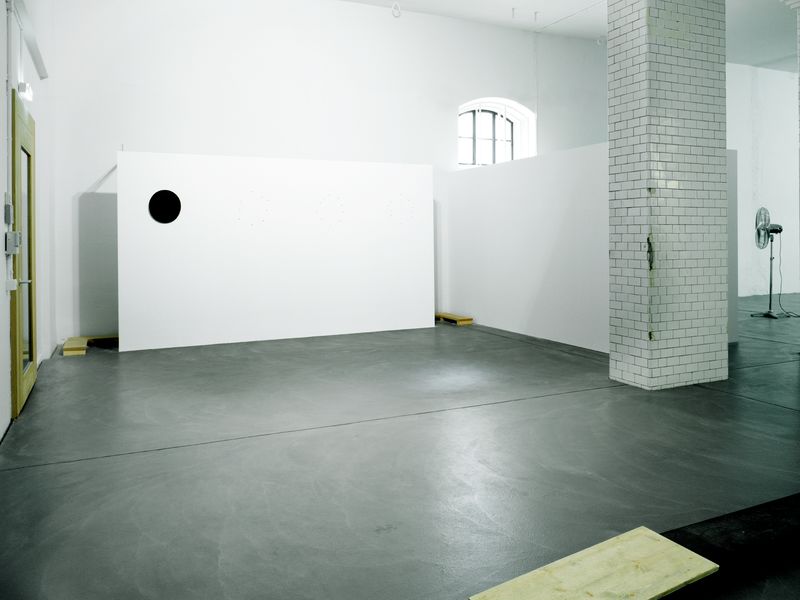

About the Artist
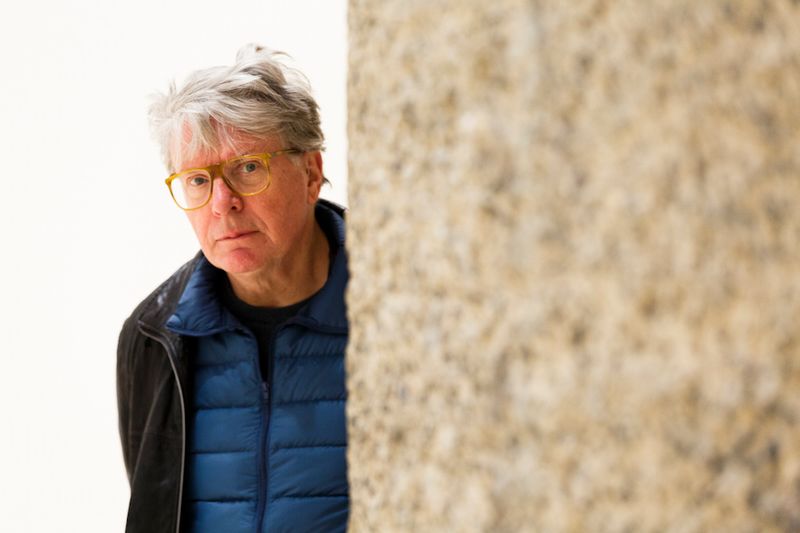
Roman Signer
Swiss artist Roman Signer has been redefining sculpture for more than 40 years and is now regarded as one of the finest representatives of Process and Conceptual art. He produces elementary dynamic sculptures and installations, also known as time sculptures for their preoccupation with the transformation of materials and objects through time. In his actions, acceleration and change are part of the creative process and he uses photography and moving image to document his work.Characterized by processes and potentialities, his work takes into account the concepts of Minimalism and Conceptualism, and with this Signer occupies a unique position in the recent history of sculpture. Signer exploits the possible uses and limitations of everyday objects, such as umbrellas, bottles, tables, chairs and candles, through a process guided by both curiosity and discipline. Like the director of a thriller, he makes use of tension and surprise—with the distinction that in his case everything takes place in the here and now. The works are the direct result of processes initiated by the artist.
Signer’s work explores the relationships between sudden energy releases and calm, between order and chaos, and the existence of form in the apparently formless. Physical forces like gravitation and motor energies are both a challenge to the artist and the instruments he relies on to realize his sculptural ideas. In his work, classical sculptural materials have been usurped by sand, water and ordinary objects. Meticulous planning and incalculable chance interact, generating ‘poetic’ visual installations with their own highly developed individual aesthetic. Signer’s artistic explorations of the world around us and its phenomena changes our perceptions and even seems to alter reality. Often the mere indication of a sudden or possible release of energy is enough to transmogrify a simple configuration of objects—a movable wooden arm and a rocket—into a wittily succinct visual commentary on the relationship between cause and effect.
His work has been presented in numerous museums and galleries worldwide and has been selected for prestigious international exhibitions such as the Venice Biennale, where he represented Switzerland in 1999, Skulptur Projekte Münster (1997) as well as Documenta 8 in Kassel where during ‘Action in front of the Orangerie’ he catapulted 350.000 sheets of paper into the air simultaneously with an explosive charge.
Current Exhibitions
1 / 12
